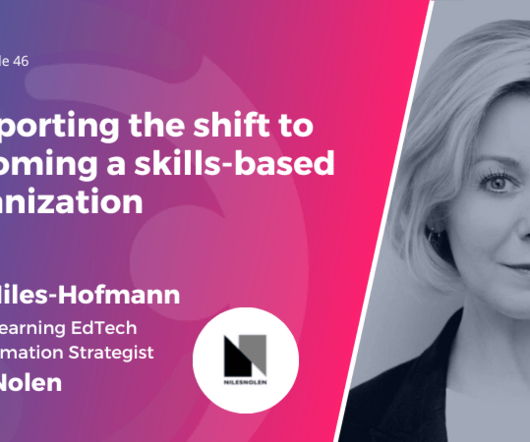Are We Using Bloom’s Taxonomy Correctly?
Magic EdTech
MARCH 2, 2020
Bloom’s Taxonomy comes handy while designing the teaching/ learning that is progressive in nature!! Blooms taxonomy is often used while designing educational objectives, experiences, problems or questions, training and learning processes.Like any other strategy it is important to use it correctly, and there are many ways to do this.We


















Let's personalize your content